#8th century
Text
"Burginda’s letter is instructing the young man in his spiritual endeavours, and the contents of the (albeit short) letter reveal that she was highly educated and well-read. Written in a period that many still refer to erroneously as an intellectual ‘Dark Ages’, Burginda’s letter uses Greek words, utilises biblical exegesis, imitates Christian poetry like the fifth-century Psychomachia of Prudentius, and references both the sixth-century Italian poet Arator and the classical Roman poet Virgil. It also contains a reworking of a description of heaven found in a Latin poem from Africa that dates to c. 500. Burginda was clearly a very well-read intellectual.
This letter can be used as an example to refute many popular misconceptions about the early middle ages. The first misconception is that antique texts were neglected or unknown in this period. The second misconception is that medieval women were uneducated and unintellectual. The third misconception is that there was little or no intellectual transmission between Africa and Europe in this period. Burginda’s letter proves all these assumptions false. Not bad for two paragraphs of Latin."
#burginda#history#women in history#women's history#8th century#england#english history#female writers#herstory#middle ages#medieval#medieval women
449 notes
·
View notes
Text




~ Cylinder Vessel with Palace Scene.
Place of origin: Guatemala, Petén, Dos Pilas or vicinity
Culture: Maya, lk style
Date: A.D. 740–800
Medium: Slip-painted ceramic with post-fire pigment.
#8th century#9th century#cylinder vessel#ceramics#palace scene#petén#dos pilas#guatemala#ik style#maya#mayan#pigment#Mesoamerica#pre columbian#a.d. 740#a.d. 800#history#museum#archeology#archaeology
325 notes
·
View notes
Text


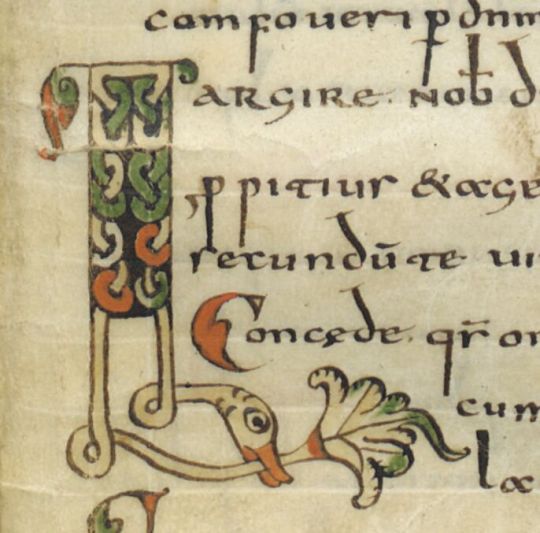
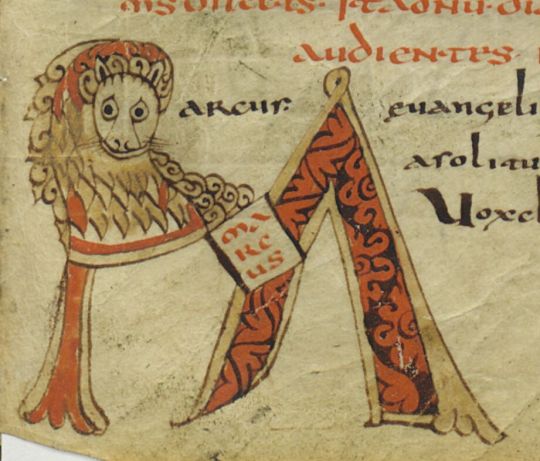



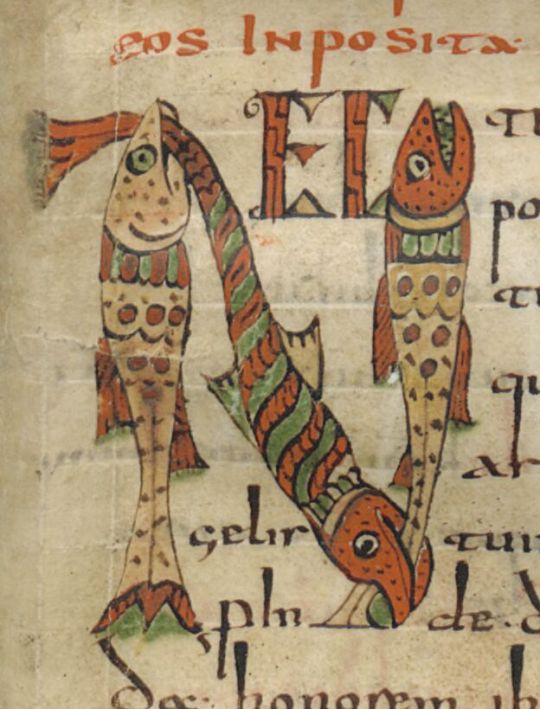
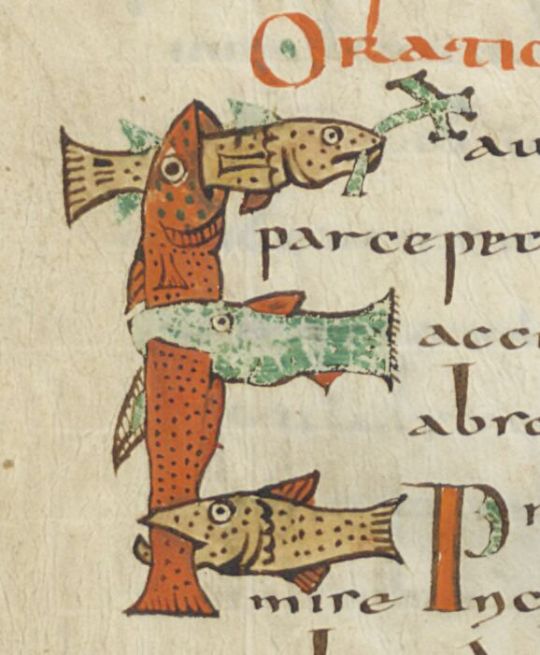
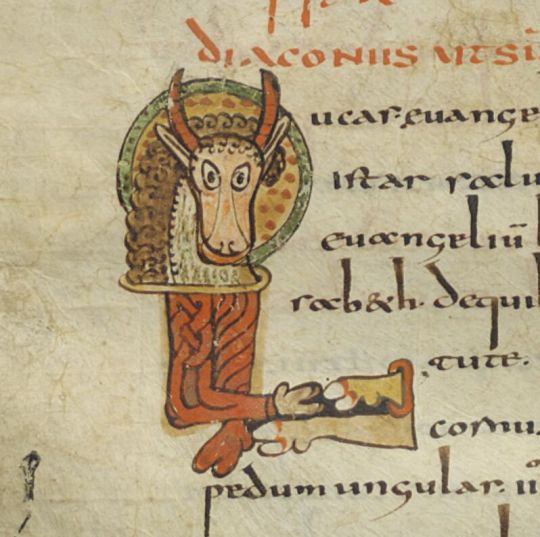
joyful calligraphy
in the "sacramentarium gelasianum", france, ca. 780-800
source: Paris, BnF, Latin 12048
#medieval manuscripts#medieval calligraphy#sacramentarium gelasianum#medieval animals#medieval art#calligraphy#illumination#illuminated manuscript#8th century
925 notes
·
View notes
Photo

Map of Europe during the conquests of Charlemagne
177 notes
·
View notes
Photo

Close-Up of the Cast of the Stela of K'ak' Tiliw Chan Yopaat in the Cambridge University Museum of Archaeology and Anthropology.
#maya#mayans#mayan civilization#quirigua#8th century#ancient america#central america#mexico#yucatan peninsula#sculptures#art
577 notes
·
View notes
Text
Ireland, the last country in Western Europe to legalize divorce in the twentieth century, was also the last country to make it illegal in the Middle Ages. If an Irishman told secrets about his wife’s sexual performance, for example, this was considered good reason for her to leave him. Long after the Church was forbidding people elsewhere in Europe from divorcing, Irish husbands and wives were still going their own way at will.
Women were not necessarily impoverished by divorce in the medieval world. Because no one in the Middle Ages ever claimed that the man was the main breadwinner, a divorced wife was entitled to a percentage of the household estate in line with the labor she had contributed to it. Irish jurists ruled that divorcing women deserved a percentage of the farm’s lambs and calves since wives kept the animals, made the wool into cloth, and turned the milk into cheese and butter.
In tenth-century Wales the king declared that a divorced man could have the pigs because he normally kept them in the woods near home, but the wife got the sheep because she took them to the highlands during the summer. The husband got the drinking cups and the chickens; the wife got the milk and cheese-making equipment, along with the flax, linseed, wool, and butter.
#europe#wales#ireland#marriage#divorce#book : marriage a history#6th century#7th century#8th century#9th century#10th century
31 notes
·
View notes
Text

The Ardagh chalice, approx 700-750 bc
#Ardagh chalice#ireland#8th century#metalwork#history#archaeology#ancient history#ancient art#ancient ireland#historical aesthetic#Celtic#whimsical aesthetic#whimsigoth#whimsigothic
193 notes
·
View notes
Text

Day 4: Queen - Irene Sarantapechaina
#jenstober23#irene sarantapechaina#irene of athens#empress irene#byzantium#byzantine empire#byzantine emperor#history art#traditional art#8th century#9th century#inktober#inktober 2023#drawtober#drawtober 2023#artober#artober 2023#witchtober#witchtober 2023#day 4#greek tag#roman tag
25 notes
·
View notes
Text
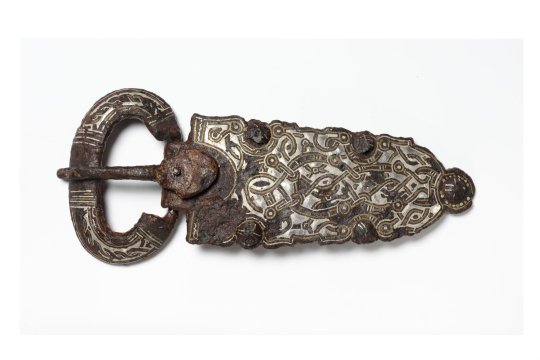
Merovingian belt buckle, 600-700, France
From the Victoria & Albert Museum
14 notes
·
View notes
Text
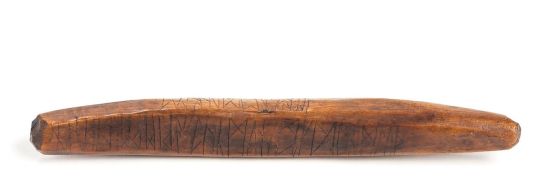
It's great to be able to show that runes were being carved in the Netherlands. This is one of the 23 currently known Frisian rune findings: the Westeremden (a location in the North-East of the Netherlands) yew stick, found in 1918 and dated 5th-8th century.
It can be seen in the Groninger Museum.
Made of Yew (Dutch: Taxus, or IJf) which is not a tree that generally could be found in this area. The inscription reads like a blessing or spell for luck/happiness. To me, this is Frisian galðr:
ophæmujiBAdaæmlu��
wimœBæhþuSA
iwioKuPdunale:
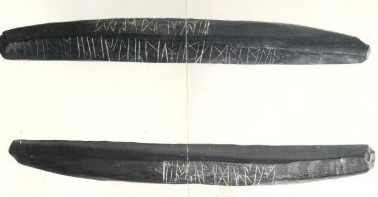

(Source: de Gruyter.)
Elmar Seebold (in 1990) reads:
ophæmu givëda æmluþ:
iwi ok upduna (a)le
wimôv æh þusë
Tineke Looijenga (in 1997) reads:
op hæmu jibada æmluþ :
iwi ok up duna (a)le
wimœd æh þusa
(Source)
Interpreted as something like:
luck (amluþ) stays (gibada) at home (op hæmu);
and (ok) at the yew (iwi) may it grow (ale) on the hill (up duna);
Wimœd has (æh) this (þusa)
Modern Frisians translate it into:
op de boerderij (heem) blijft voorspoed;
laat het groeien bij de ijf (taxus) op de terp;
dit is (eigendom) van Wimoed
(Source.)
Interestingly, this 5th-8th century Frisian Futhorc differs slightly from the more commonly known elder Futhark. (Context: the Elder Futhark in the Scandinavian areas transitioned towards the Younger Futhark in the 7th-8th century).
Here are a few interpretations by different writers:

By Parsons.

By Grimmsma.

By Terpen en Wierdenland.
#frisian futhorc#rune#yew#Amulet#galðr#groningen#netherlands#futhorc#5th century#6th century#7th century#8th century#northern iron age#Frisia#dutch
34 notes
·
View notes
Text
MEDIEVAL HELMET TOURNAMENT!
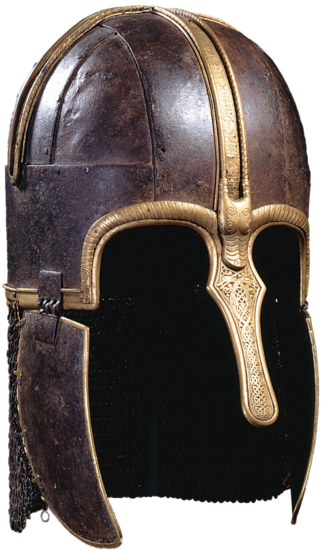
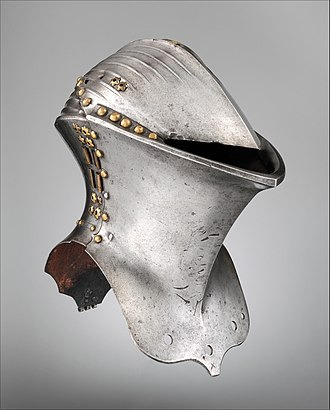
The Coppergate Helmet is an 8th century helmet found in North Yorkshire. It is a very complex helmet, especially for its time, with the inbuilt neck guards being uncommon throughout the entire medieval era.
The frog-mouth helm is a 14th century great helm that was very popular for jousting duels, but not used commonly on the battlefield. It offered great protection from lances, as its design makes it hard for pieces of broken lances to get into the wearers eyes. For great helms, it was also good for hearing and general awareness.
#medieval#polls#poll#tournament#medieval helmet#medieval helmets#history#armour#armor#14th century#8th century#medieval europe#yorkshire#jousting#knight#Medieval Posting
32 notes
·
View notes
Text

~ Necklace with seven clam-shell-shaped pendants.
Place of origin: Perú
Culture: Tiahuanaco or Huari
Period: Middle Horizon
Date: A.D. 700–1000
Medium: Silver
#8th century#12th century#necklace#silver necklace#clam shell#pendants#Tiahuanaco#huari#peru#peruvian#south america#history#museum#archeology#archaeology#middle horizon#a.d. 700#a.d. 1000
923 notes
·
View notes
Text
Also related with the second part of the bookscans, I would like to add some pictures of the first gold dinars of Al Andalus, the transitional coins during the conquest of the Iberian Peninsula. They are from the years 712/713 (94 of Hegira) and 716/717 (98 of Hegira), the first ones have Latin characters, but the last ones are bilingual, and are in both Arabic and Latin:

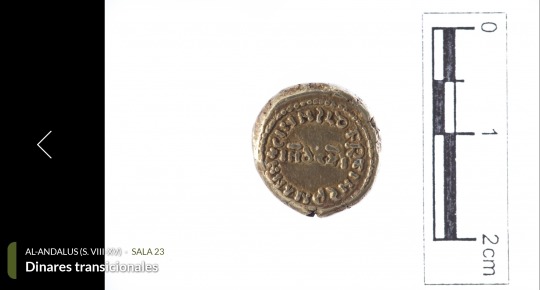
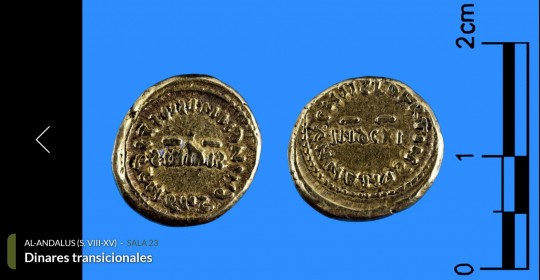
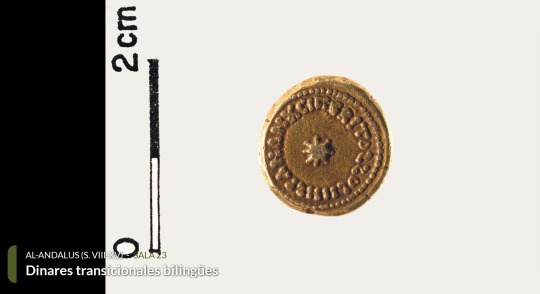



These are from the Al-Andalus' section of the Spanish National Archaeological Museum, concretely I got the pictures from the museum's free app (the app is mainly a virtual tour inside the museum that offers a close-up of the exhibits)
Bonus track: A map of the conquest
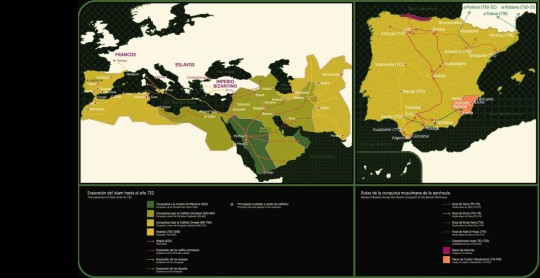
#al andalus#book scans#al andalus history#al andalus. historical figures#al andalus personajes históricos#historyblr#bookscans related#spanish history#coins#dinar#8th century#arqueology
10 notes
·
View notes
Photo
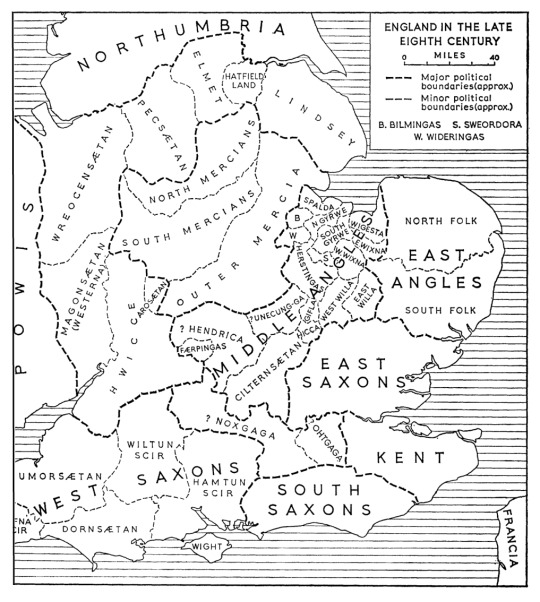
Tribal divisions of Anglo-Saxon England, as recorded in the Tribal Hidage, late 8th century.
235 notes
·
View notes
Photo



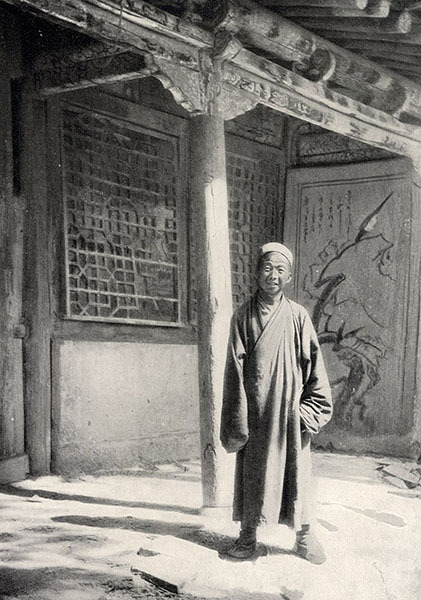


The Diamond Sutra – Scientist of the Day
On May 11, 868 C.E, a Chinese scribe named Wang Jie published an edition of a Buddhist text known as the Diamond Sutra.
read more...
#Diamond Sutra#Aurel Stein#printing#histsci#histSTM#8th century#29th century#history of science#Ashworth#Scientist of the Day
44 notes
·
View notes
Text
Saint Aldhelm of Malmesbury

Although most of the characters in The Last Kingdom and The Saxon Stories were based on real historical people, Aldhelm was a completely fictional character just made up for the story. However, there was a Saint Aldhelm, a man of historical significance in Anglo-Saxon England. He is the patron saint of musicians and songwriters.
Aldhelm was born in 639 in Wessex. As a young boy he was educated in Canterbury and studied Latin and Greek literature, and could also read and write Hebrew. When he returned to Wessex, he joined the monks at Malmesbury and became a popular teacher, and people would journey from as far as France and Scotland to learn from him. He also loved to write poetry, and composed music and sang. He could play the harp, fiddle, and pipes. Aldhelm was well known for his theatrical way of preaching, and would sing in addition to preach to get the attention of the commonfolk outside of church. Over a century later, King Alfred regarded him highly as one of the great poets and bards of his time, and wrote stories about him.
In 683, Aldhelm was appointed the Abbot of Malmesbury, where he continued to make it a seat of education. He enlarged the monastery and built several churches and founded more monasteries in the area. In 705 he was made Bishop of Sherborne, where he rebuilt the church and oversaw the construction of more churches and a nunnery.
On 25th May 709, Aldhelm died at Doulting in Somerset, and after his death he was sainted. May 25 is a feast day for St Aldhelm. The Church of St Aldhelm (built in the 12th century) and St Aldhelm's Well in Somerset are dedicated to him. St Aldhelm has a flag in his honor, with a white cross on a red background.
Name Meaning
The name Aldhelm and the Old English version "Ealdhelm", is derived from the Germanic elements ald "old" and helm "helmet, protection".
Links:
Wikipedia Article about Saint Aldhelm
Aethelstan Museum
New Advent Catholic Encyclopedia
St Aldhelm's
Early British Kingdoms biography
Catholic Online article about Aldhelm
OrthoChristian.com article about St Aldhelm
#saint aldhelm#st aldhelm#catholic saints#anglo saxon#7th century#8th century#british history#Note: I am not a Christian#not really into Catholic stuff#or saints#but thought this was interesting
12 notes
·
View notes